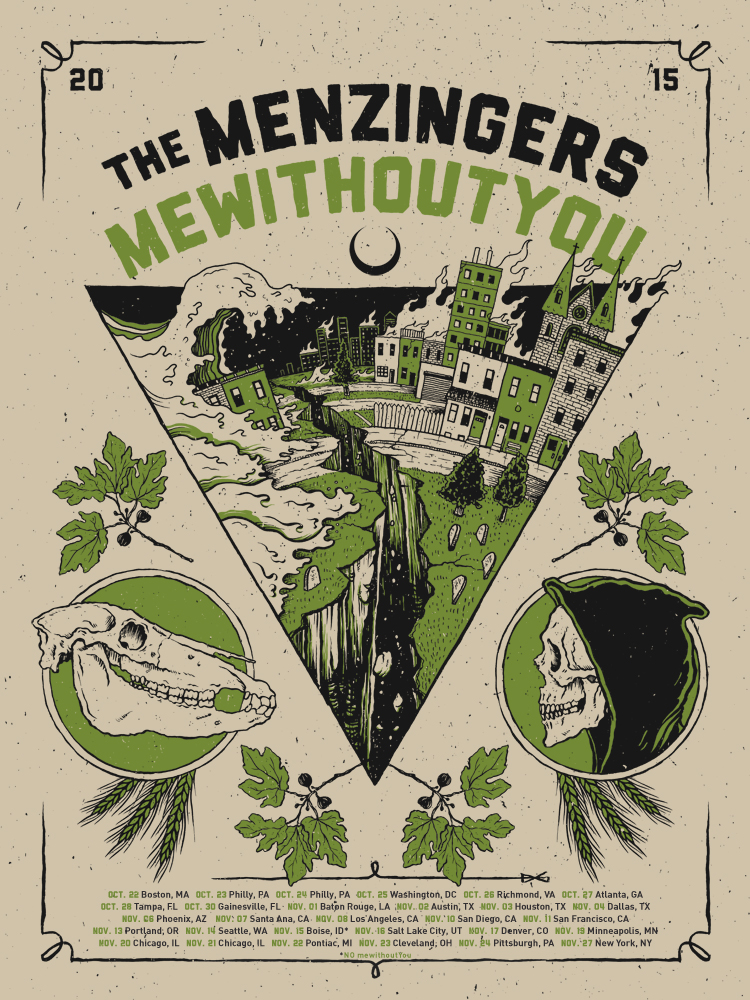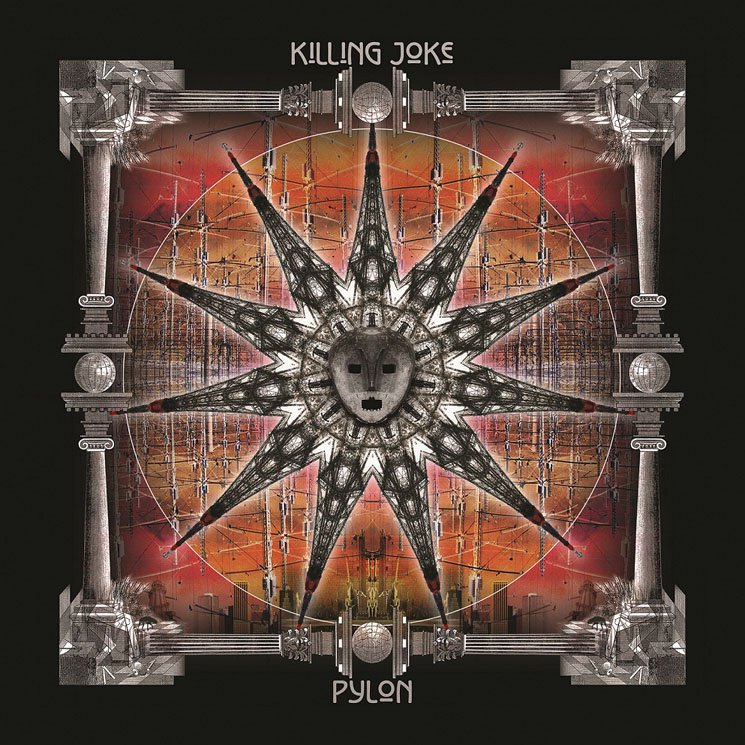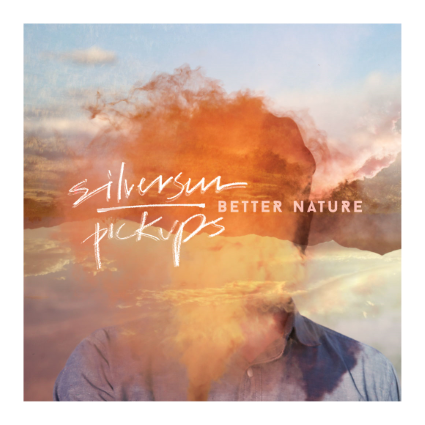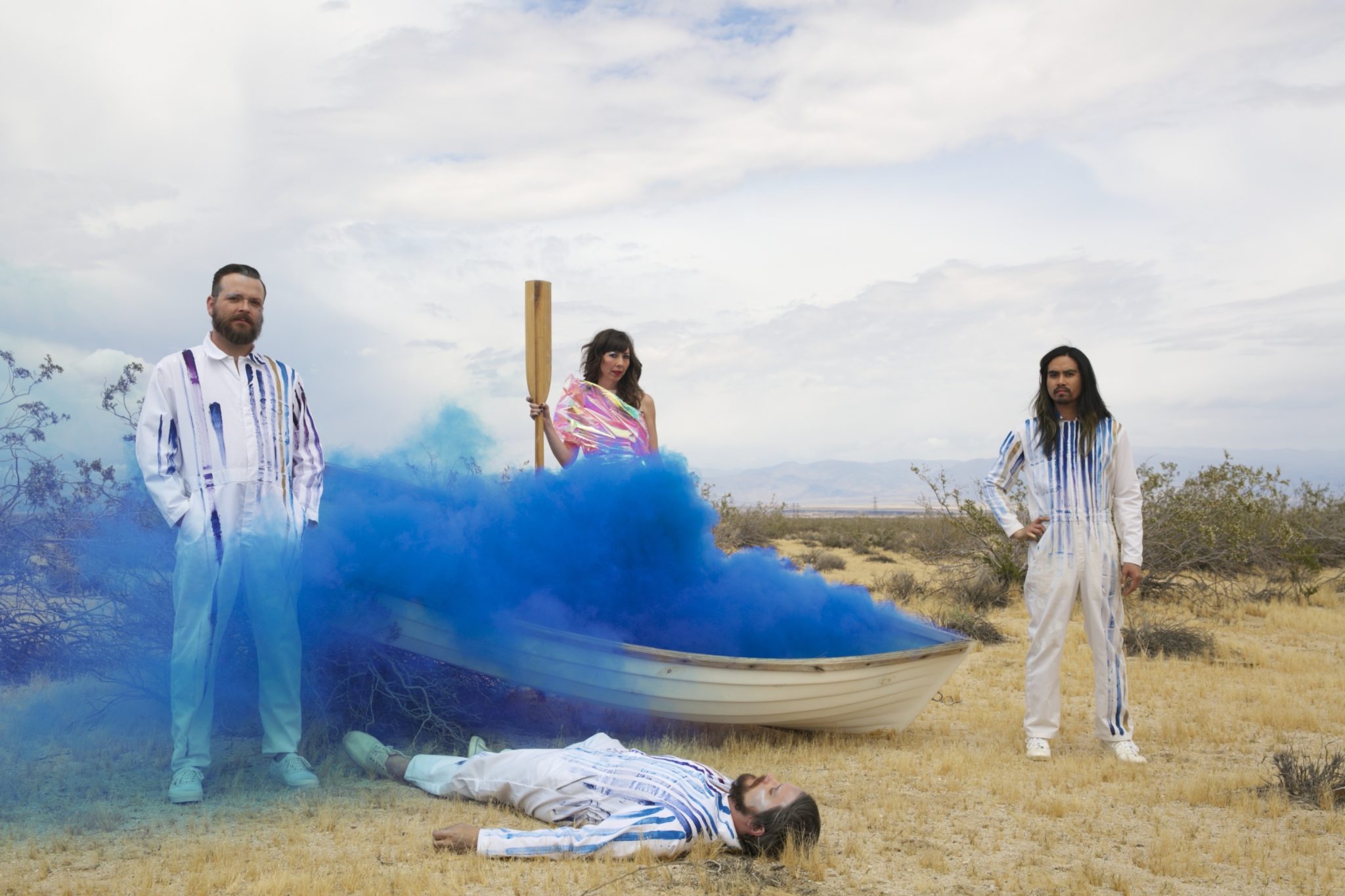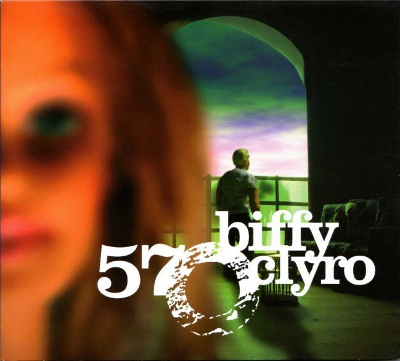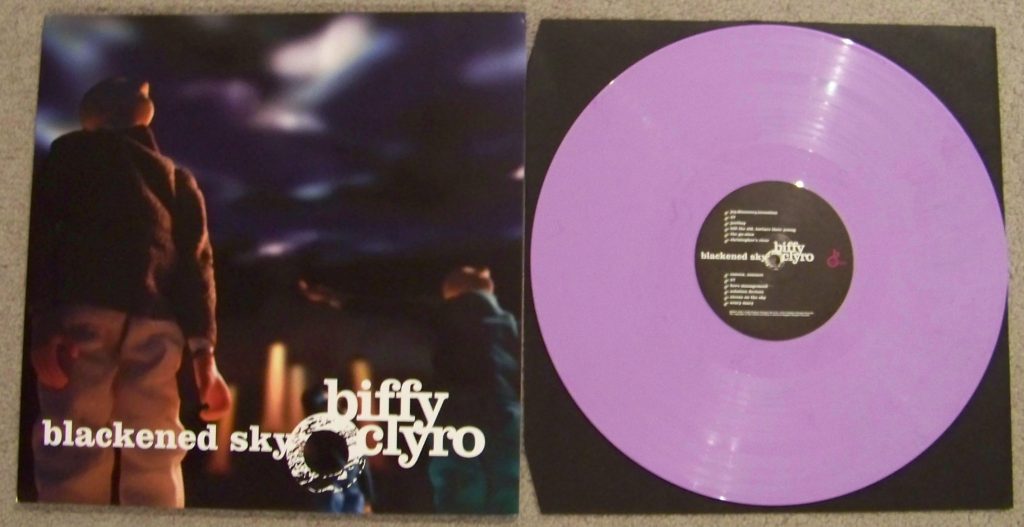The Menzingers (Scranton, PA, USA)
mewithoutYou (Philadelphia, PA, USA)
Pianos Become The Teeth (Baltimore, MD, USA)
Restorations (Philadelphia, PA, USA)
Neumos, Seattle, WA, USA
Saturday November 14th, 2015

It had been a very long time since my last live show experience. I’ve been to plenty of local shows over the past few years but I’m not even sure I can recall the last time I attended a live show where the sound check happened before the doors opened, people were actually at the venue on time, and the first band actually took the stage precisely at the time stated on the flier. I’m sure very few paid attention to these details. But for me, being reminded how professional bands operate at professionally run venues, like Neumos, was a breath of fresh air. Obviously, I need to get out more.
Typically, the reason you attend a show and subsequently write a live review is to highlight the headliner, or in this case, the headliners. And while The Menzingers and mewithoutYou put on a great show, I didn’t necessarily find anything too remarkable about their sets. Honestly, this was my first experience with The Menzingers so, to be fair, I can’t really say much about them as I know very little about them (shame on me, I know). As I like to say, “they were fine”, meaning they did their thing and people enjoyed it and I appreciated what they did. Enough said.
mewithoutYou on Audiotree Live
mewithoutYou has always been one of my favorite bands. They are fantastic at writing catchy music that is capable of hitting the heart strings of whatever emotion you’re in the mood to meddle with. Ever since [A->B] Life came out in 2002 I’ve been quite comfortable keeping their music in my arsenal. Frontman Aaron Weiss has a unique lyrical style that absolutely works for me. While others may struggle digesting his lyrics, I am continually impressed with anyone that can work “pumpernickel bread” into their writing.
Restorations opened the night and did a great job setting the vibe for the evening. I hadn’t really heard much from these guys prior to the show but they are definitely headed in the right direction. Their stage presence was enjoyable to watch and kept a newbie, like me, entranced for their full set. Like Restorations, mewithoutYou and The Menzingers held the attention of the venue for the entirety of their sets and I would definitely see them again.
This brings me to Pianos Become The Teeth. While I had every intention of writing this review on mewithoutYou, it was Pianos Become The Teeth that absolutely stole the show for me. And it was absolutely for reasons I did not expect.
Pianos Become The Teeth live @ The Underworld, London
Like most bands I come to discover, Pianos Become The Teeth have been around for a while. They formed in 2006 and have honed their sound over the past nine years moving from an aggressive, post-hardcore band to masters of gloomy, emotionally packed, post-rock. For those of you who have yet to indulge in their newest record, Keep You, I highly recommend you do so. If you need an enticing comparison, this album is very reminiscent of Oceana’s Clean Head from 2010.
While the other three bands put on visually stimulating performances, Pianos Become The Teeth struck me in a different way. I was lucky enough to get to the venue early enough to grab one of the few spots on the balcony that gave me a great view of both the band and the crowd. Pianos Become The Teeth were steady, energetic at times, but the way they moved the crowd was absolutely stunning. The movement I witnessed was not physical by any means. In fact, the crowd was absolutely motionless, aside from a bit of head-banging here and there. Being fairly in tune with my mushy side, the emotional grip that pushed and pulled throughout the crowd was mesmerizing.
I think I spent most of my time watching one specific kid in the crowd. By appearance alone, he was completely out of place. If I would have seen him walking on the street prior to the show there was no way I would have thought he and I were headed to the same destination. But this kid knew absolutely every word to absolutely every song Pianos Become The Teeth played.

Pianos Become The Teeth from the balcony @ Neumos
For those who are familiar with frontman Kyle Durfey’s lyrics, you know they are very sad and tend to center around the loss of his father in 2010. Like many lyricists, Durfey’s lyrics are dark and contemplative. But unlike some, Durfey is surrounded by an exceptional band that is able to add deep dimension to his words. The coupling of his lyrics with the desolate tones of his band’s music is nearly heartbreaking. To me, it’s the cohesion of these two elements that make my eyes well up with tears and send chills down my arms. I’m sure we all experience these phenomenons in our own way, but experiencing Pianos Become The Teeth live was the pinnacle of emotional overflow for me.
The kid three rows back, belting Durfey’s lyrics will forever be seared into my musical memories. It was a profoundly powerful moment for me. It left me wondering how this out of place kid related to Durfey’s lyrics. What was it that moved him by this band. Being witness to the connection between the writer and the listener added a totally new experience for me. Usually you only get to see the back of everyone’s head at a show, but my balcony vantage point let me see things in a new light. It was truly an honor for me to be in the same place at the same time with five guys in a band, the kid in the third row, a few friends, and a room full of strangers.
C.J. Blessum

